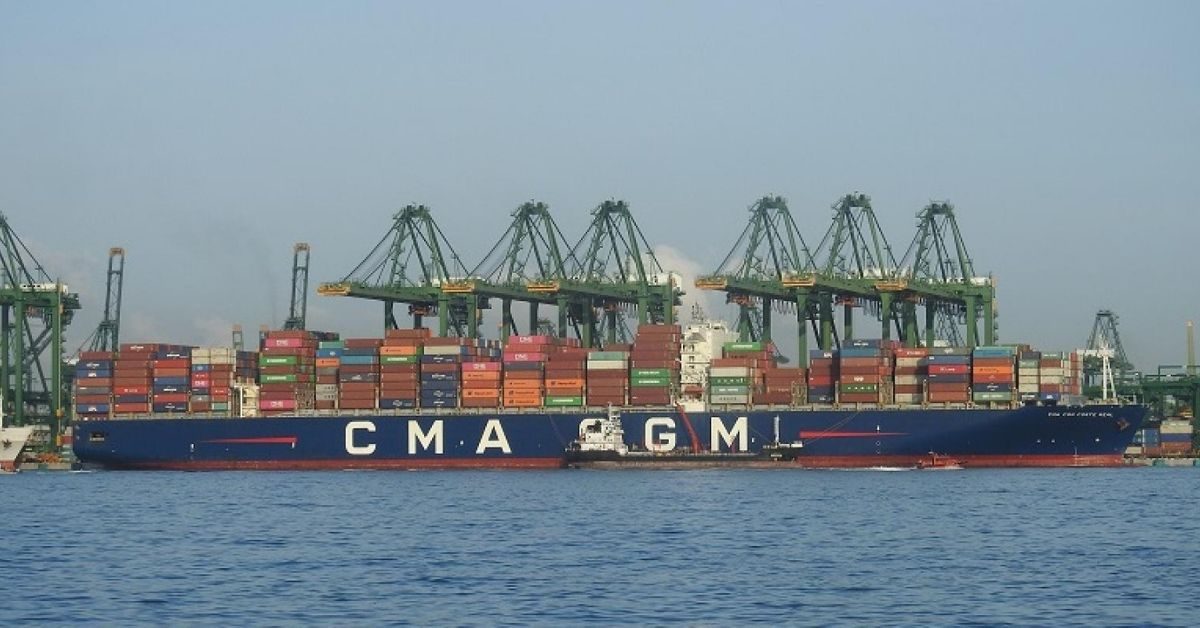The French carrier has suspended its newly launched Turkey-Libya Express (TLX) service, which commenced in July, calling at Shanghai, Ningbo, Nansha, Singapore, Jeddah, Iskenderun, Malta and Misurata, with ad hoc calls at Lianyungang and Tripoli. TLX had its last sailing on 11 August.
Rates to the Mediterranean have been rapidly deteriorating after holding on to the premium over the Asia-North Europe lane since last year.
Linerlytica observed that supply-side pressure is increasingly negative for Asia-North Europe and Asia-Mediterranean lanes.
The removal of the TLX service will not be enough to tilt the balance, due to record newbuilding deliveries and weak capacity discipline.
Long-haul rates are expected to come under more pressure this month, in the lead-up to the week-long National Day holiday starting 1 October in China.
General rate increases on 1 September helped to lift Transpacific rates, even as Asia-Europe rates continued trending downwards.
Asia-US West Coast rates went up to US$2,136/FEU, up nearly 7% from the previous week, while Asia-US East Coast rates increased about 3%, to US$3,132/FEU.
Asia-Europe rates lost 4%, to US$768/TEU, while Asia-Mediterranean rates fell 6% to US$1,364/TEU.
Linerlytica’s report today (5 September) noted, “Transpacific freight rates rose by US$100 after the 1 September GRI but the rate gains were lower than expected and carriers have already started to cut rates with the outlook turning negative.” The consultancy noted that several carriers have already withdrawn their Transpacific peak season surcharges (PSS), signifying the early end of the peak season even before the Golden Week holidays in China in October. East Coast and Pacific Northwest rates are under pressure with capacity still in excess supply on these two routes compared to the Pacific Southwest where demand and supply is more balanced.








